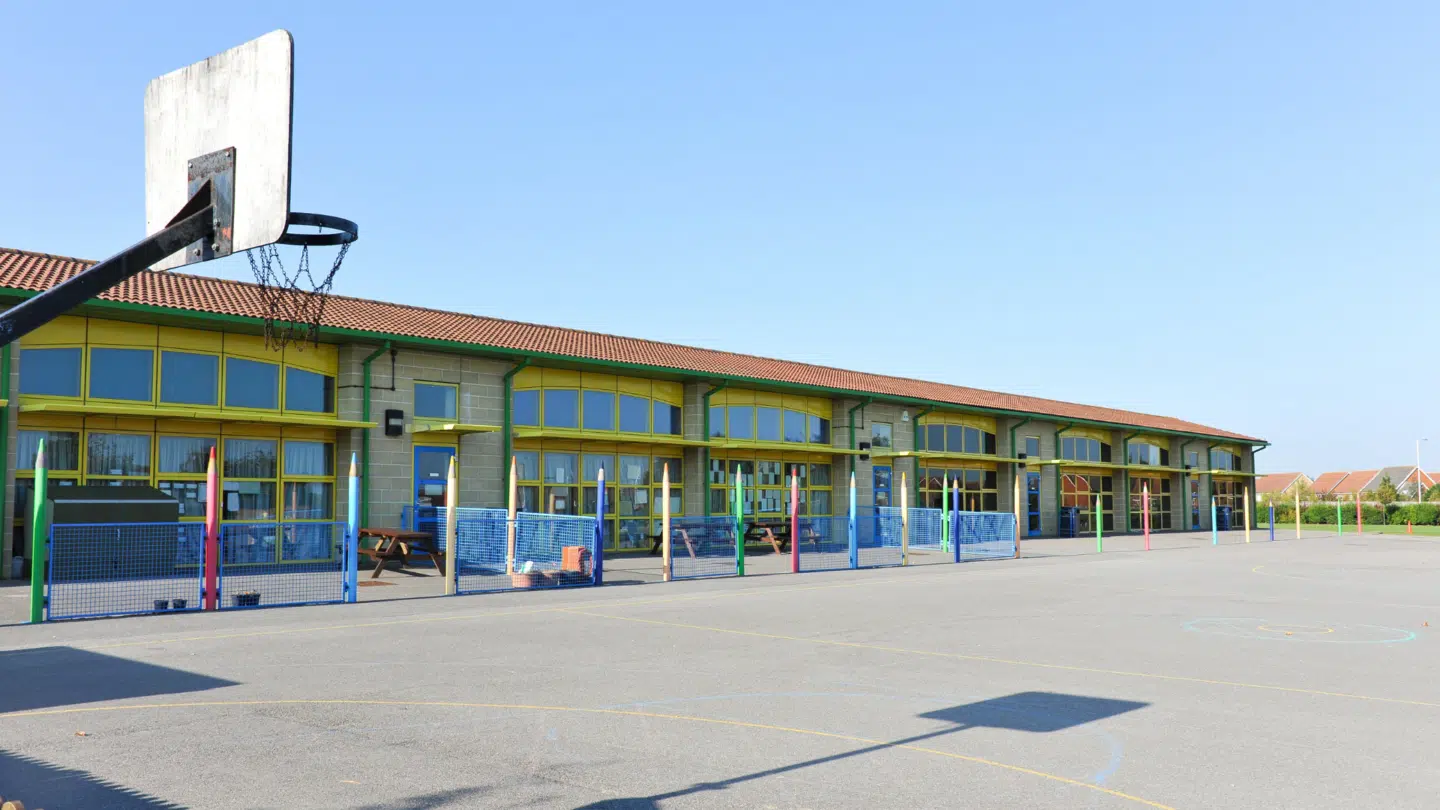The bigger an academy trust gets, the harder some things seem to get.
One challenge is alignment. All trusts want to align on some level. For some, this is quite loose: there are underlying principles or values which are shared across the trust – hopefully by staff, parents and pupils. Other trusts look for much tighter alignment. For example, there may be specific practices leaders want to see at all schools, and specific outcomes they’re working towards. Achieving this alignment – getting hundreds or thousands of busy staff in sync – is extremely difficult.
Another challenge is finding out what’s really going on across these schools. How do we know whether thing are in sync? It’s hard enough for a headteacher – but at least they’re on site, and can wander around the school or pop into the staff room. At trust level, the number of schools and their distance from the central office make this even harder.
But trusts must know what’s really going on across their schools. Without this information, checking alignment is impossible. Surveys can be a highly effective way of providing leading indicators about alignment across the trust. Trusts can ask questions which reveal the details of staff perceptions, their activities, and the outcomes being achieved.
Perceptions: how do staff, parents and pupils feel?
Surveys can reveal all sorts of perception data. This can be more general: are staff happy in their role? What’s their day-to-day experience like? Do they feel respected, cared for and supported? They can also offer valuable information for workforce planning. Leaders can find out whether staff plan to leave their current post this school year. Another valuable School Surveys question asks what would make them stay another year.
Trusts can also check how staff feel about the trust. School Surveys offers benchmarked data about a few key questions, for example:
- Do staff feel part of the trust, or just part of the school?
- Do staff subscribe to the trust’s vision and values?
- How well does the school uphold those values?
For growing trusts, knowing which schools feel part of the trust, and which need more love, can be invaluable. Trusts can also check how trust-wide activities are seen by staff, and respond accordingly.
Activities: what’s being done?
Trusts can also check whether schools are managing to do what’s asked of them. For example, if the trust has expectations around planning, teaching and marking, this is an easy way to find out whether they’re being met. Surveys are an excellent way to check whether things like communication and professional development are running as planned. For example, leaders can check what professional development staff have experienced, how often they’ve received feedback on their lessons, and what they think of it.
Knowing what schools are actually doing is invaluable. Trusts can find out whether the big strategic plans they’ve committed to are being executed as planned. This offers early warning about how smoothly changes are being introduced, communicated and acted upon. It’s infinitely preferable to know how well things are going early in the school year, and course correct to achieve the strategy, than to wait until the end of the year to find out.
Outcomes: what’s being achieved?
Finally, trusts can use surveys to quickly find out what’s being achieved in their schools. Take behaviour. A range of questions can reveal whether teachers feel able to teach and students feel able to learn. Within the School Surveys Question Bank, this includes questions about whether teachers believe behaviour is good enough, how it’s impacting lessons, what behaviour they’re seeing and what they think should be done. You can ask parents and pupils similar questions, finding out whether they can learn. You can ask similar questions about SEND, safeguarding, lesson planning and marking.
Taken together, these questions do two things. They reveal whether the school (and the trust) are achieving its goals: are students included? Is planning effective? Is marking quick enough? Again, these are leading indicators. They allow trusts to identify whether their strategy is on track early in the year. If surveys suggest behaviour is good, planning is effective, students are enjoying lessons and are being challenged, then we can hope that everything’s on track. Where surveys suggest these ingredients aren’t in place, the trust can move quickly to offer the support schools need.
Conclusion
No leader can run an organisation without knowing how things are going within that organisation. The more important its goals and the more complicated its activities, the more important this gets. The bigger the organisation, the harder this gets.
Trusts are big, complicated and engaged in crucial work. It’s vital that leaders know what’s going on in schools: what are staff thinking, how are they feeling, what’s happening and what impact is this having. Surveys are an invaluable source of information – and provide early indicators whether things are in sync, allowing leaders to identify where things are going well, and what changes are needed.
School Surveys helps trusts of all sizes to gain a better overview of how their schools are working. To find out more, get in touch.
Key takeaways
Trust leaders must know what’s going on across their schools if they are to make effective decisions.
They can check:
- Perceptions of the school, and the support the trust offers
- Activities: what’s being done
- Outcomes for staff, parents and pupils
Surveys provide leading indicators which allow trusts to monitor what’s working and course correct to achieve their goals.



